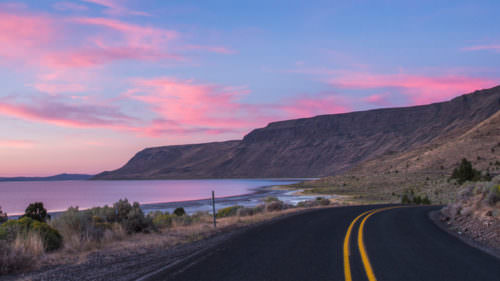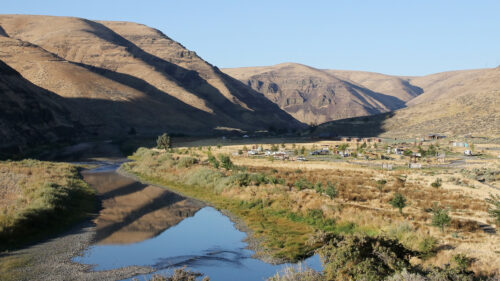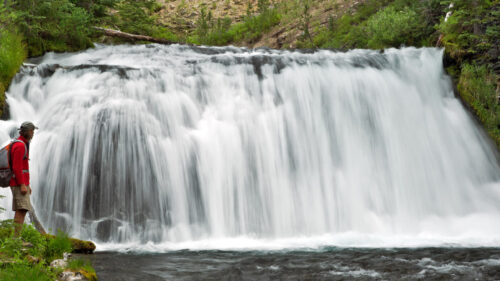Jaw-dropping ocean overlooks. Monumental sea stacks and natural stone bridges in the untamed surf. Pristine beaches perfect for moments of reflection. Welcome to the Samuel H. Boardman State Scenic Corridor, a majestic 12-mile stretch of Highway 101 along the Southern Oregon coastline that epitomizes almost everything that makes the Oregon Coast one of the most amazing anywhere.
State Scenic Corridors like Boardman are truly special stretches, and you can find them throughout the state. They differ a bit from the state’s 29 designated Scenic Byways and Tour Routes in that the corridors often include a measure of conservation and/or recreation along with designation, and they tend to be routes with some distinct ecological area or element to protect. Part road trip, part state park, part scenic drive along the way to any number of the state’s best attractions, these corridors give travelers a reason to pull over, pack a picnic or lace up their hiking boots to take in some extraordinary sights. Here are six of Oregon’s State Scenic Corridors that will leave you with more than a lasting impression.
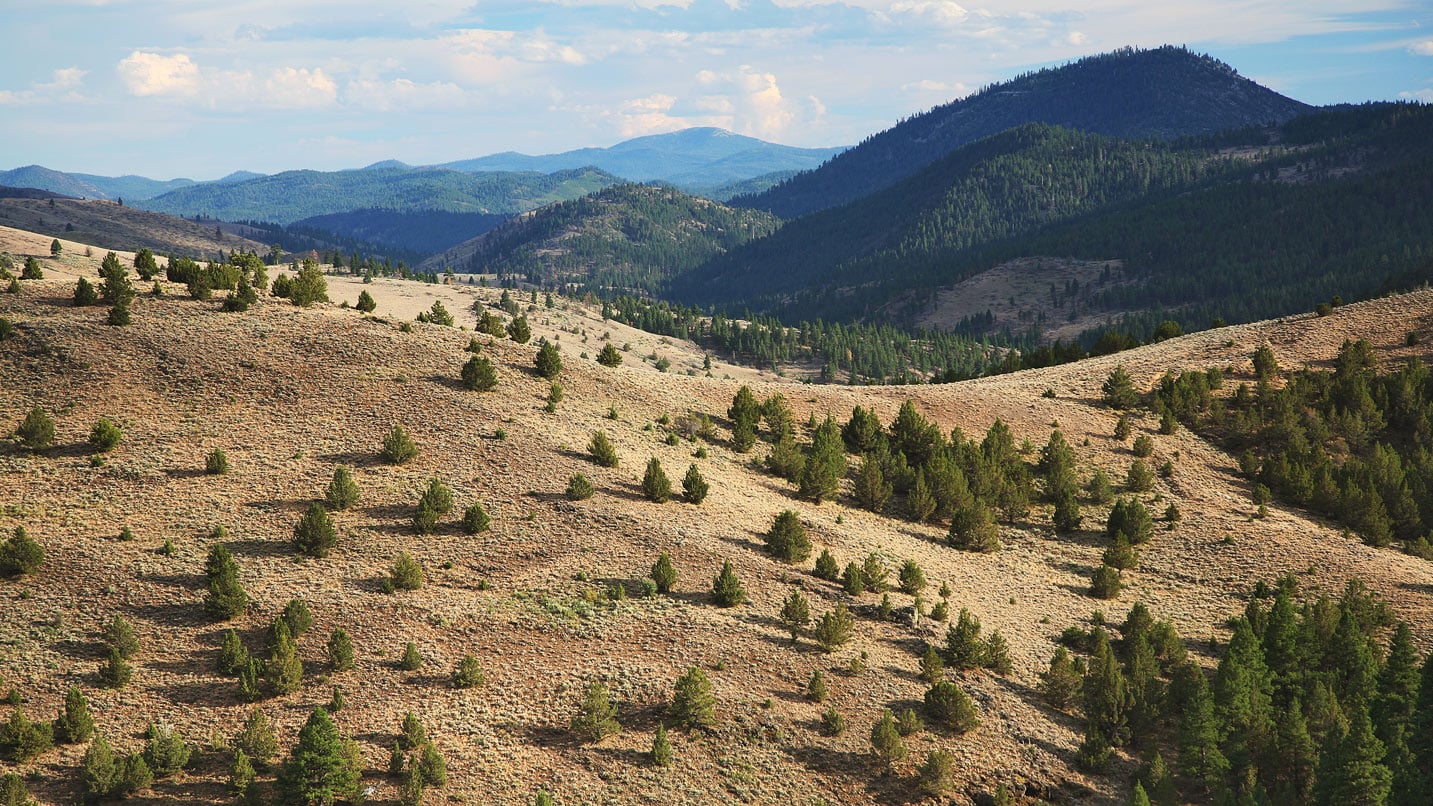
Picnic Among Junipers or Ponderosas
If you’re touring Southern Oregon — say, taking in the glorious azure of Crater Lake or the sweeping beauty of Mt. McLoughlin — and you’re looking for a peaceful place to picnic, you’d be hard-pressed to find a better stopping point than Booth State Scenic Corridor. Tucked off Highway 140 on the arid, vista-filled drive between Lakeview and Klamath Falls, this scenic corridor offers picnic tables under the shade of old-growth ponderosa pines and quaking aspens that burst a golden hue in the fall. The corridor is also not far from great fishing at Drews Reservoir, quiet camping at Goose Lake or the spectacular rock formations found by hiking in the Gearhart Mountain Wilderness.
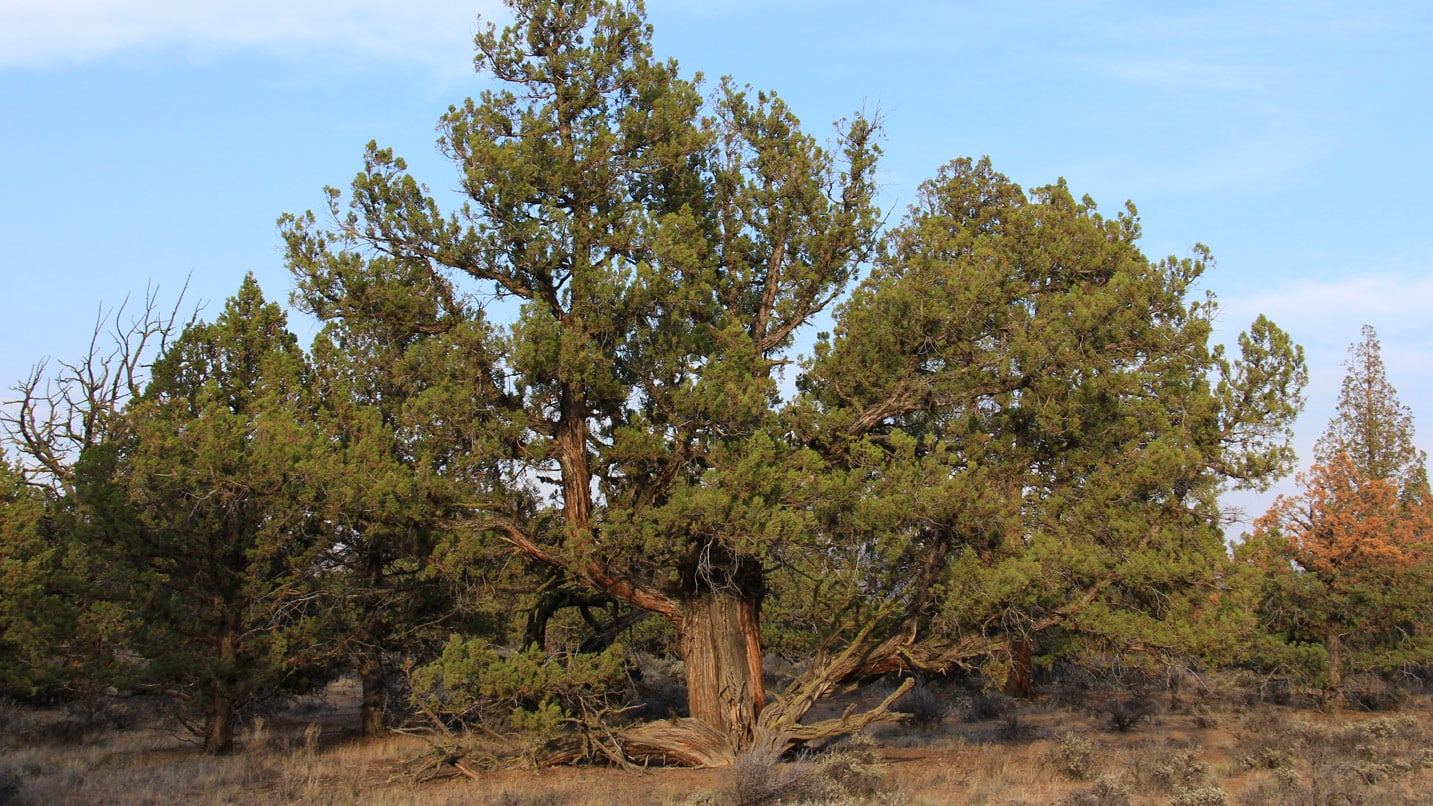
Blink and you might miss the Redmond-Bend Juniper State Scenic Corridor, Central Oregon’s only route with the designation. Situated off Highway 97 between Redmond and Bend, the corridor is a collection of 10 different properties set aside to help protect native habitat along the highway. The roughly 10-mile stretch is home to trademark juniper trees — including some of the state’s last remaining old-growth stands. Also look for the signature high-desert features that define much of Central Oregon: sagebrush, striking rock formations and the occasional dry creek bed. There are no established hiking trails, but you can walk amongst the junipers to stretch your legs during a Central Oregon road trip that might include everything from climbing the crags at nearby Smith Rock State Park to spending a long weekend in Redmond or Bend.
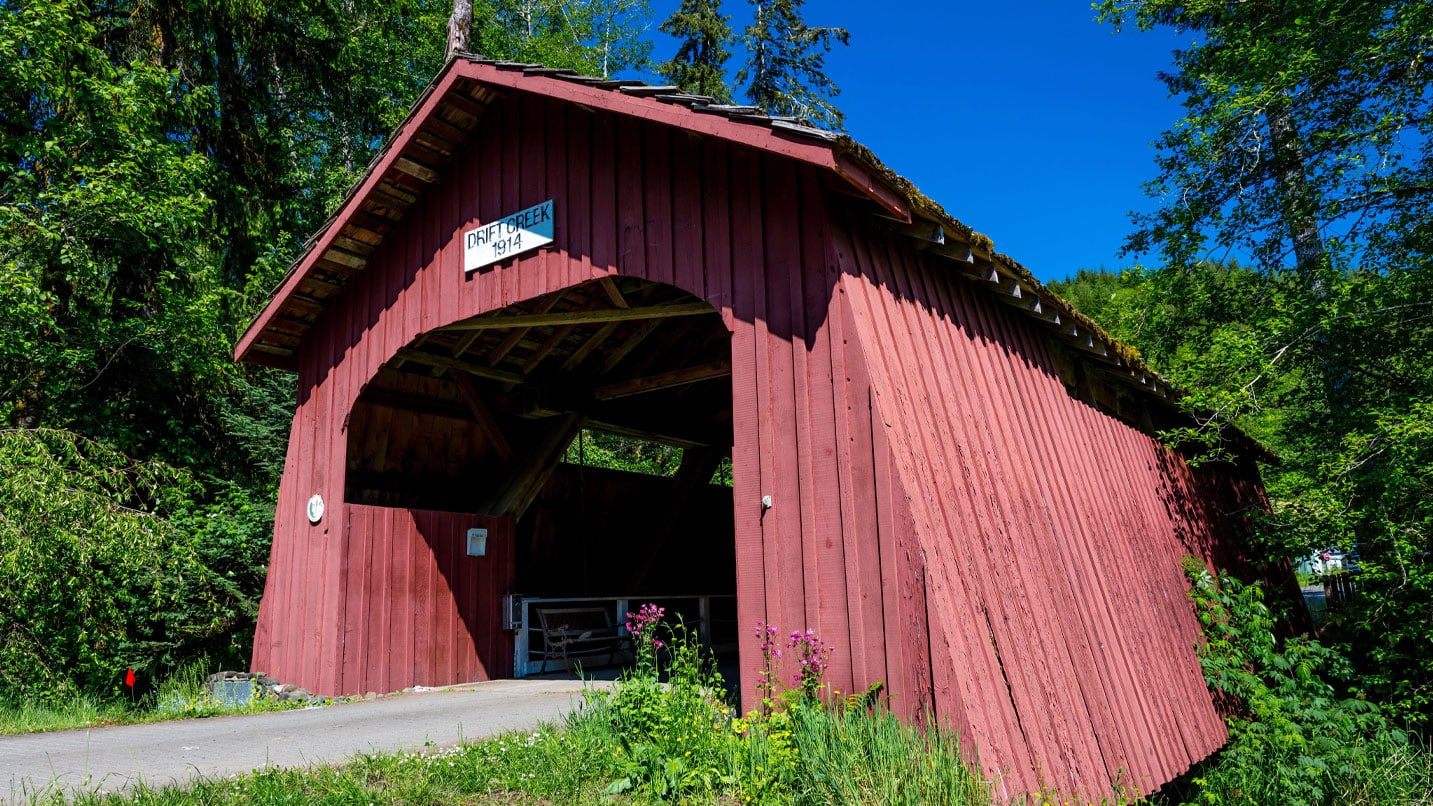
Enjoy Wildlife in Evergreen Forests
The drive to the Oregon Coast is stunning no matter how you go, but the route from Salem to Lincoln City is a unique one thanks to the H.B. Van Duzer Forest State Scenic Corridor. West of Grand Ronde along Highway 18, the 12-mile corridor boasts textbook Oregon Coast Range territory, including mossy old-growth forest, the crystalline Salmon River and, if you’re lucky, Roosevelt elk. Stop at the wayside park at the west end of the corridor and stretch your legs under ancient Douglas firs or dip your toes in the Salmon River. After you pass through the corridor, swing over to the Drift Creek Covered Bridge — the oldest remaining covered bridge in Oregon — then cap off your morning with lunch and a slice of luscious fruit pie at Otis Cafe in Lincoln City.
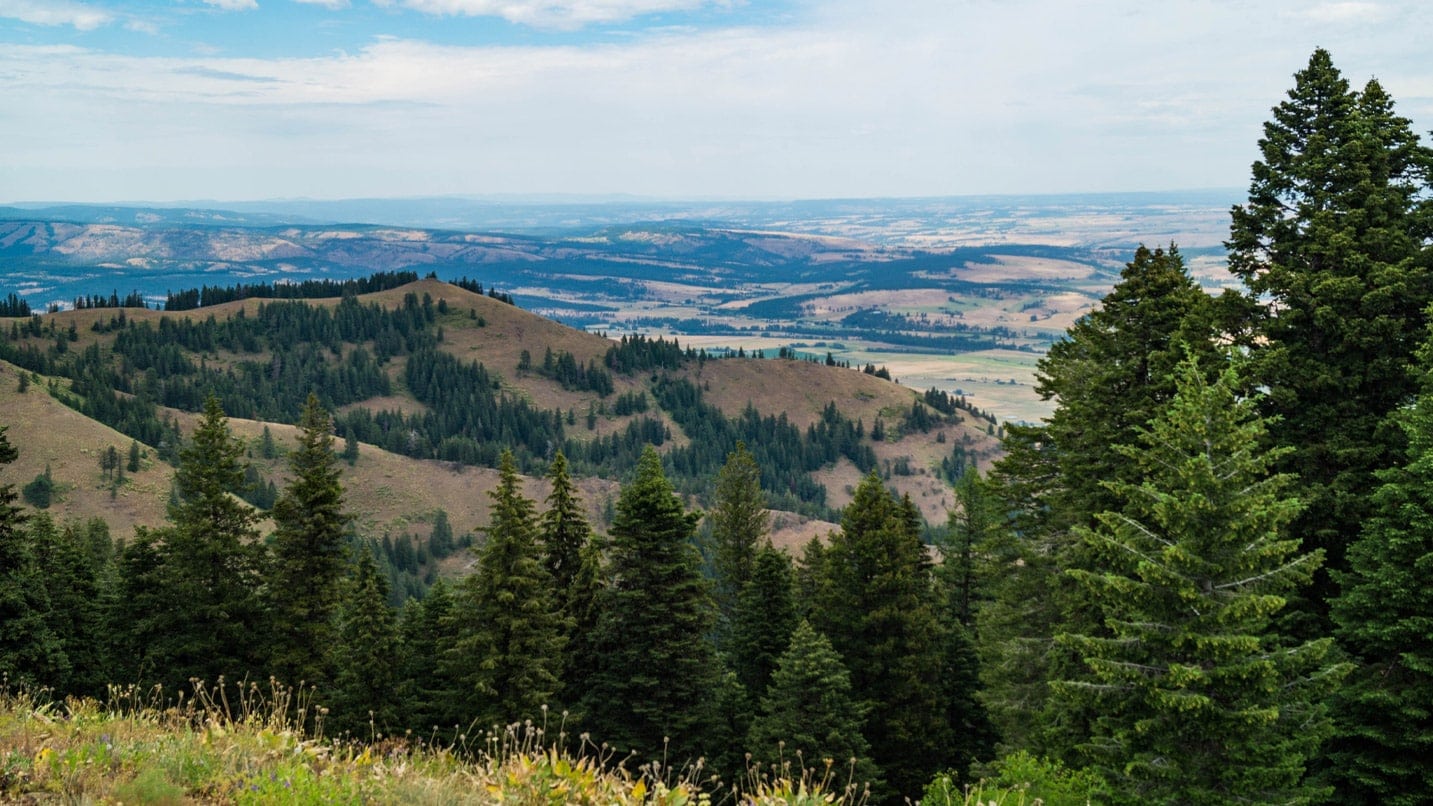
In the Blue Mountain Forest State Scenic Corridor, you’ll be driving along a 20-mile stretch of Oregon Trail territory along Highway 30 between Pendleton and La Grande. While much of the area’s timber was cut long ago, this scenic corridor conserves a unique swath of mature evergreen forest, whose bluish hue inspired the name of the region’s rolling mountains. Look for an array of wildlife, from saw-whet owls and pileated woodpeckers to Rocky Mountain elk, cougar and deer — and vistas that stretch far and wide out across the Blue Mountains. Cross-country skiers will rejoice at the nearby Meacham Divide/Mt. Emily Sno-Park, which has eight meadowy trails. For Oregon Trail history, visit the Oregon Trail Interpretive Park at Blue Mountain Crossing near La Grande.
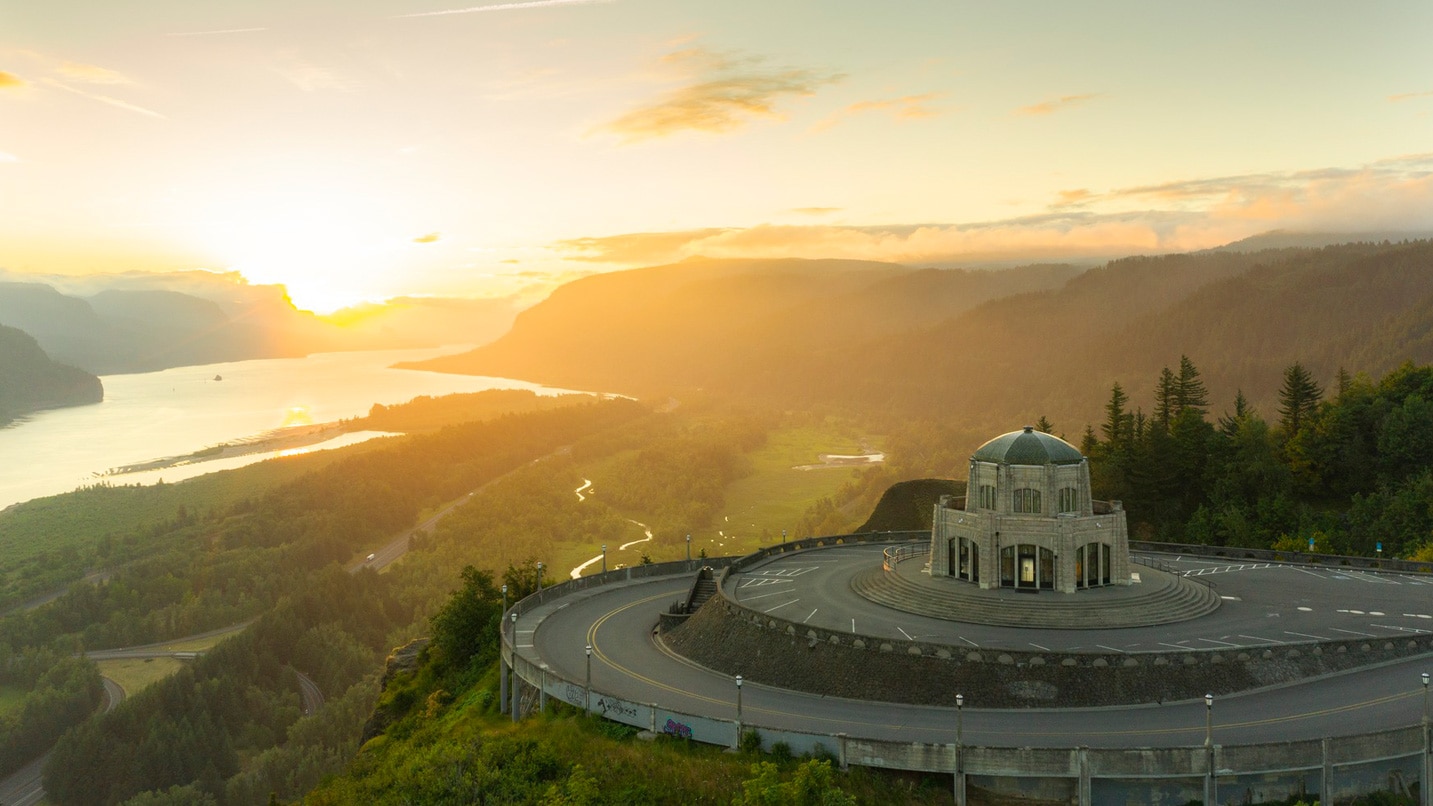
Look Out Over the Columbia or Go Fishing
Located about 25 miles east of Portland and nearly 700 feet above the Columbia River on the Historic Columbia River Highway, the stunning Crown Point-Vista House State Scenic Corridor is a testament to both architectural grandeur and Northwest panoramas. Inside the stately Vista House — which opened as a rest area and observatory in 1918 — visitors take in polished marble floors, stained glass, and glimpses of the Gorge and the Columbia River below. Outside the views are magnified: The mighty Columbia rolls slowly by the rocky and forested cliffs, and off in the eastern distance rises the 850-foot Beacon Rock. It’s a must-see on any trip to Multnomah Falls or other waterfall hike destinations.
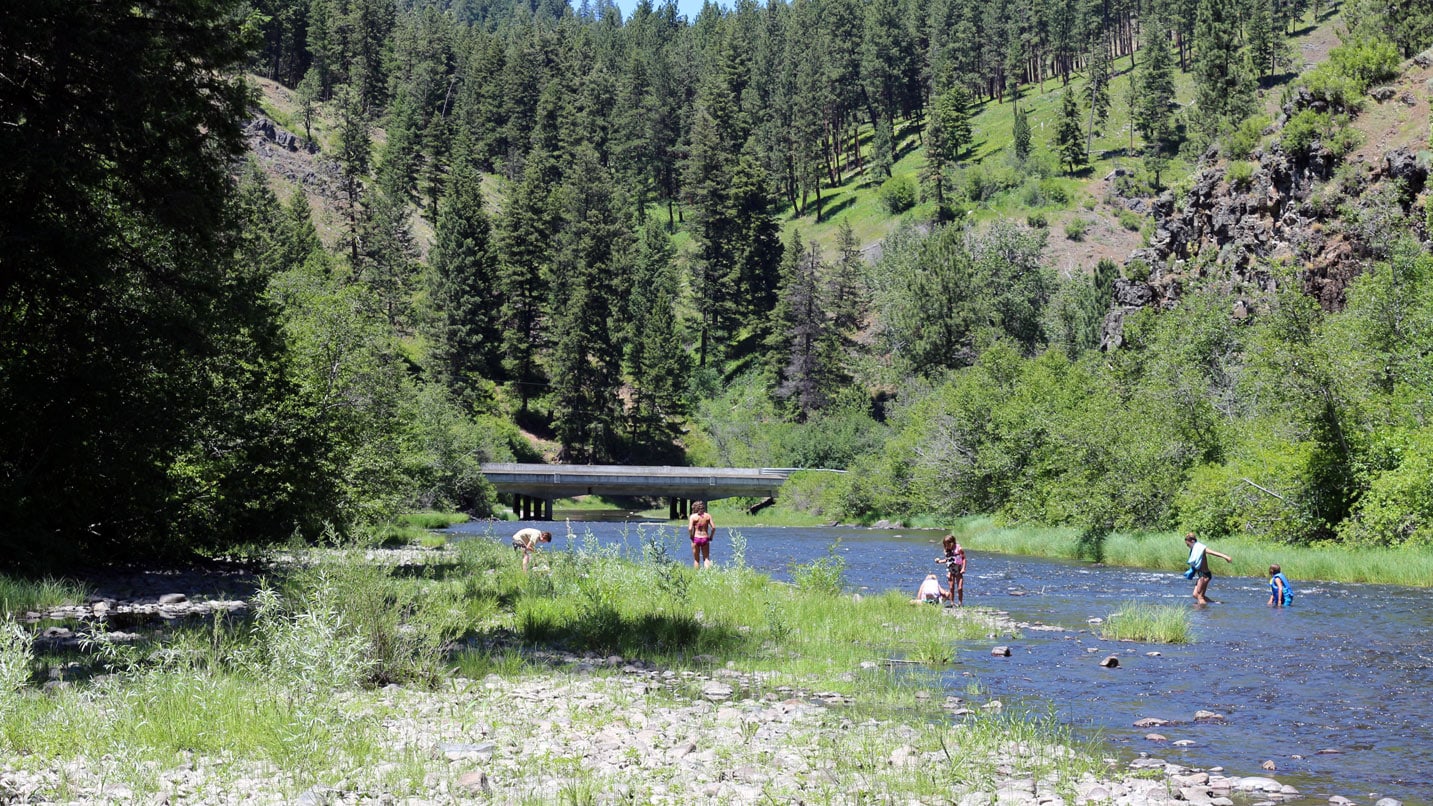
You might just have the entire Ukiah-Dale Forest State Scenic Corridor south of Pendleton all to yourself, which would be a grand situation to be in. Near the North Fork John Day River and not far from pristine Camas Creek, it meanders through ponderosa pines, Douglas firs and western larches on Highway 395 near tiny Ukiah. Depending on the season, you might bring your pole and cast for trout, steelhead and salmon; spot big game in the nearby wildlife area; or search for wild mushrooms or berries in the surrounding national forest land. Stay overnight at one of the 27 primitive campground sites (without facilities and running water) alongside the creek.
